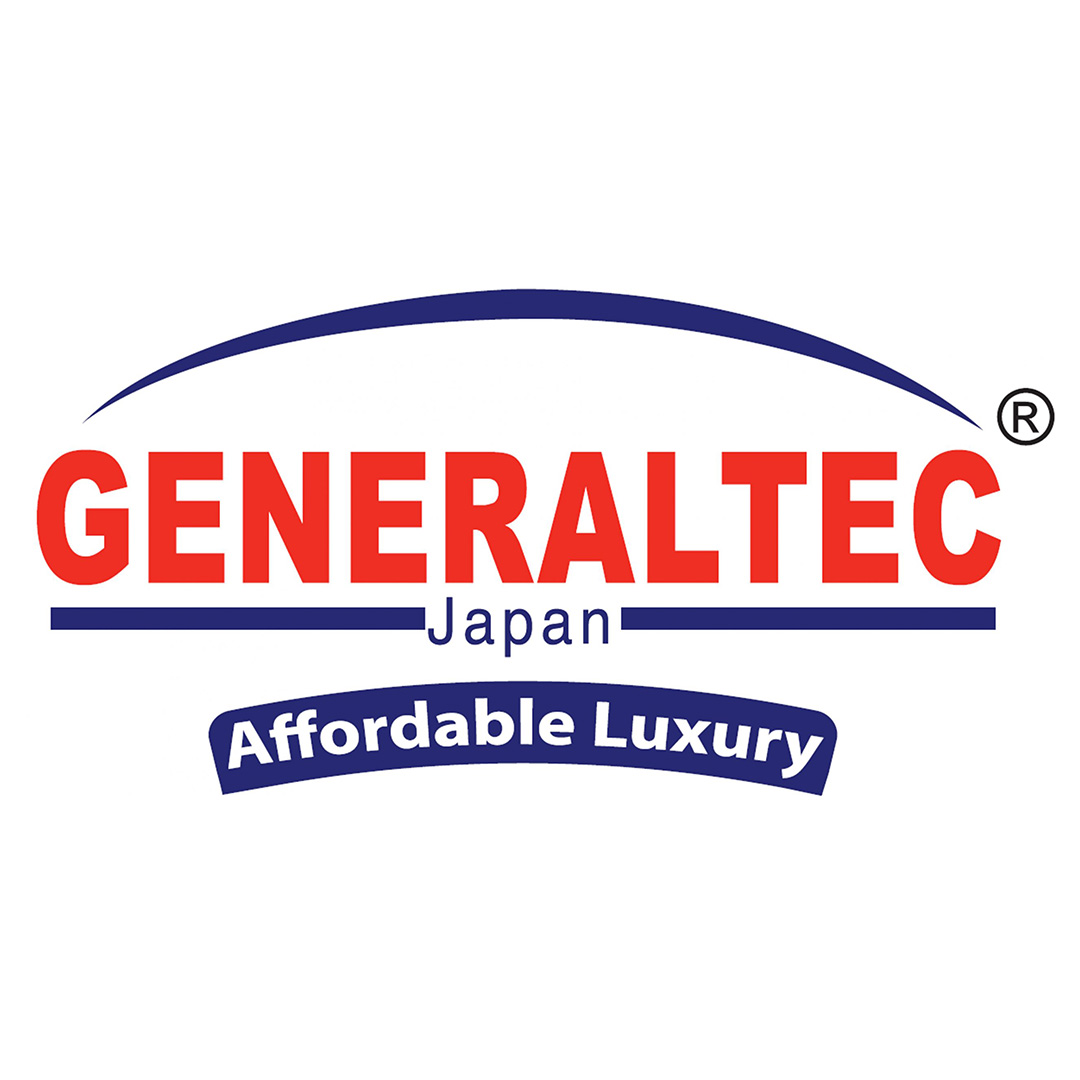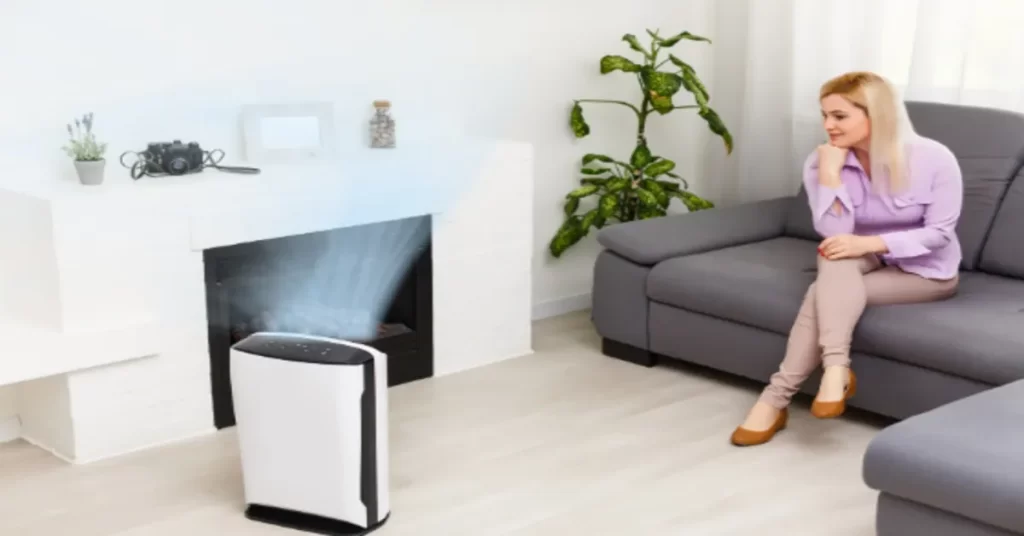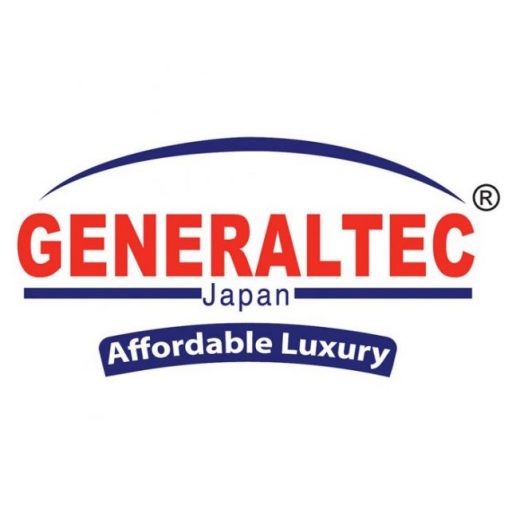The Science Behind Air Purifiers: Do They Actually Work?
Introduction:
Air quality is a critical aspect of our well-being, especially considering the amount of time we spend indoors. With concerns about pollution, allergens, and other airborne contaminants, many people turn to air purifiers as a solution. But do air purifiers actually work? Let’s delve into the science behind these devices to understand their effectiveness.
Technologies for Air Purification Types
HEPA Filters
Pollen, pet dander, and smoke can all be captured by high-efficiency particulate air (HEPA) filters, which can hold particles as small as 0.3 microns. Because they can capture a large variety of pollutants, these filters are quite successful at enhancing the quality of the air.
Activated Carbon Filters
These air filters are highly effective in absorbing gasses, smells, and volatile organic compounds (VOCs). They help to improve general air freshness and get rid of offensive odors.
UV-C Light
Some air purifiers utilize ultraviolet-C (UV-C) light to destroy germs and viruses that are carried in the air. Because UV-C radiation messes with microorganisms’ DNA, it prevents them from replicating and eventually leads to their extinction.
Ionizers
When negatively charged ions are released into the atmosphere, they cling to positively charged particles such as allergies and dust. These particles cluster together as a result of this action, which promotes their removal from the air or their capture by filters.
Effectiveness of Air Purifiers
Several investigations and practical uses have shown how well air purifiers work to enhance the quality of indoor air. The following are some salient details about their efficacy:
Reduction of Particulate Matter
Dust, smoke, and allergies are just a few of the things that HEPA filters are especially good at removing from the air.
Allergy Control
HEPA-filtered air purifiers drastically cut down on allergens, relieving allergy symptoms and enhancing respiratory health in general.
Odor Elimination
Gases, VOCs, and odors are successfully adsorbable by activated carbon filters, leaving the air feeling cleaner and more pleasant.
Pathogen Neutralization
To promote a healthy interior environment, UV-C light and ionizers can assist in neutralizing bacteria, viruses, and other pathogens.
Variables Impacting Performance
A number of variables can affect how well air purifiers work, including
Size of the Room:
For best results, select an air purifier with a Clean Air Delivery Rate (CADR) that is adequate for the room’s size.
Filter Maintenance:
The air purifier’s continuous efficacy is ensured by following the manufacturer’s recommendations for routine filter changes or cleaning.
Pollutant Levels:
An air purifier’s ability to effectively remove pollutants from the air can be influenced by the kind and amount of pollutants present.
Last Note
Air purifiers work well to make indoor air better by removing bad stuff like dirt, allergens, and smells. They use different technologies like ionizers, UV-C light, activated carbon filters, and HEPA filters to do this. But to get the best results, you need to choose the right kind of air purifier for your place, take care of it properly, and think about things like how big your room is and how much bad stuff is in the air. Overall, if you use them the right way, air purifiers can really help make the air inside your home or office cleaner and more pleasant to breathe.











